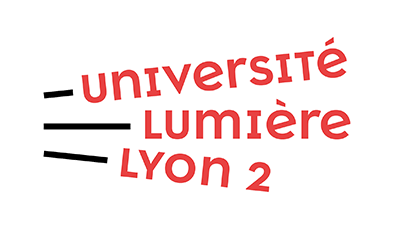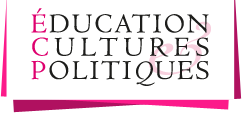The notion of professionality is primary, it is distinguished from that of professionalization or professionalism " Professionality refers to the person, it is unstable, always in the process of construction, arising from the very act of work " (Trépos, 1992). It is subject to tests and always linked to individual, social and professional history.
The concept of activity is also essential in this axis. We are interested here in what the actors of education and training do, or what they say they do (in the mode of narrative) and the meaning they themselves give to their activity. In this sense, several theories are mobilized, such as the analysis of activity (in different forms, including the didactic analysis of teaching activity) or the sociology of translation to account for the processes of translation of prescriptions (at different levels). These approaches, which are rather local, always consider the activity or professionalism of the actors in spatiotemporal or sociohistorical frameworks. In this sense, the historical approach is taken into account in all the work of the axis. As far as education is concerned, the notion of the school form, the main socio-historical device, its permanence as well as its evolutions, remains central in our works.
The temporal dimension, taken at the level of educational policies, is also studied at the individual level through the development of works taking into account the notion of pathway, which is the third element of the axis' title. If professionalism is always unstable, and activity is inscribed in time, these dimensions can be studied from biographical accounts or life stories, without forgetting their inscription in environments populated by instruments. Thus, in this axis, the activity of professionals approached from a local and individual point of view is studied on the basis of professional life courses, or by insisting on instrumented environments, objects and their uses. These local approaches are always inscribed in their socio-political and historical environment.
The professions studied in this axis are those of education and training in the broadest sense of the term: teachers, of course, but not only, supervisory personnel, education professionals outside of school (in the world of early childhood or in social work, etc.). Teachers at all levels are concerned, including teachers in higher education. This last point is worked on in connection with Axis 4, which is more focused on the activity of students, even if this activity is indeed in interaction with that of teachers.
The three concepts that structure the work of the axis guide its projects, particularly the one on "working with others".
Last updated on 24 févr. 2022



